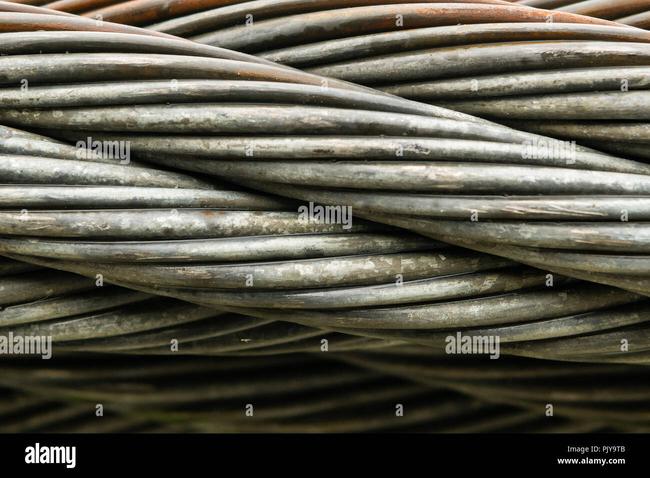Introduction to thick cables
[Pronunciation]cu lan
[Interpretation] refers to: cable In terms of the labels of cables, optical cables, communication cables and metal cables, thick cables are relative to thin cables.
The diameter of the thick cable (RG-11) is 1.27 cm, and the maximum transmission distance is 500 meters. Because the diameter is quite thick, it has poor elasticity and is not suitable for installation in a narrow indoor environment. Moreover, the production method of the RG-11 connector is relatively more complicated, and it cannot be directly connected to a computer. It needs to be connected through an adapter. Turn the device into an AUI connector, and then connect it to the computer.
Thick cable wiring structure
Hardware configuration
Building a thick cable Ethernet requires a series of hardware devices, including:
(1 ) Network interface adapter: Each node in the network needs an Ethernet card, portable adapter or PCMCIA card that provides an AUI interface.
(2) Transceiver: Each node on the thick-cable Ethernet is connected to the network through an external transceiver installed on the trunk cable. When connecting a thick-cable Ethernet, the user can choose any standard Ethernet (IEEE802.3) type of external transceiver.
(3) Transceiver cable: used to connect the node and external transceiver, usually called AUI cable.
(4) Cable system: The cable system connecting thick cable Ethernet includes:

·Thick cable (RG-11 A/U): diameter of 10 mm, characteristic impedance A thick 50 ohm coaxial cable has a mark every 2.5 meters.
·N-series connector plug: installed at both ends of the thick cable section.
·N-series barrel connector: used to connect two sections of thick cable.
Coaxial cable
·N-series terminal matcher: N-series 50 ohm terminal matcher is installed at both ends of the trunk cable section to prevent the reflection of electronic signals . The terminal matchers at both ends of the trunk cable section must have a ground.
(5) Repeater: For Ethernet using thick cables, the length of each trunk segment does not exceed 500 meters, and repeaters can be used to connect two trunk segments to extend the length of the backbone cable . Up to four repeaters can be used in each Ethernet to connect five sections of trunk cables.
Technical parameters
·Maximum trunk line length: 500 meters.
·Maximum network trunk cable length: 2500 meters.
·The maximum number of nodes supported by each trunk segment: 100.
·Minimum distance between transceivers: 2.5 meters.
·The maximum length of the transceiver cable: 50 meters.
Features
·It has high reliability and strong network anti-interference ability.
·With a large geographic coverage, the longest distance can reach 2500 meters.
·Network installation, maintenance and expansion are more difficult.
·High cost.
